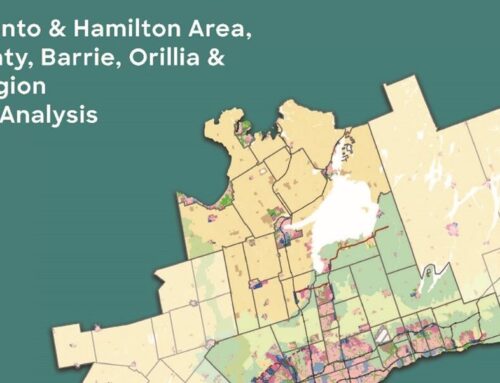
Contractors are sometimes a necessary requirement to help keep a business moving. For the Construction industry, Contractors are necessary to help ensure a job runs smoothly and, in many cases, becomes cost effective to use a Sub-Contractor for a specific task due to their expertise. Many job sites will have a crew that includes employees and sub-contractors.
For the other industries, Contractors can come in many forms including Brokers or Owner/Operators, Trades people, Maintenance Personnel or even short term assistance such as office help and consultants for HR, Health and Safety, Accounting and General Business.
When it comes to health and safety in the workplace, Contractors are widely known to be separate entities that are required to protect their own health and safety. This is not the case at all.
If a Contractor is in your workplace to perform work, the ultimate responsibility for the health and safety of the Contractor and their employees falls on the Employer or Constructor, depending on which industry you are working in. Although all Employers are required to ensure the safety of their workers, the onus falls on to the person who is arranging the work.
Section 23 of the Occupational Health and Safety Act requires the Constructor to ensure that the measures and procedures prescribed in the Act and Regulations are carried out, every employer and worker on the project complies with the Act and Regulations and the health and safety of every worker on the project is protected.
Section 29 of the Occupational Health and Safety Act requires Owners to ensure that facilities are provided and maintained as prescribed and that the workplace complies with the requirements of the Act and Regulations.
What Does This Mean For You?
This means that your Contractors or Sub-Contractors must comply with the requirements you have set forth. If you have a health and safety rule or requirement for your workplace, not only do you have to ensure that your workers follow the rule or requirement but your Contractors and Sub-Contractors must also comply. This can be difficult to navigate at times.
In my experience if a Contractor does not have their own requirements in place it is difficult to get them to comply with your requirements. If you are in this position the best course of action is to remove them from the site or workplace if they choose not to comply.
Some tips to help ensure that your Contractors and Sub-Contractors are complying include but are not limited to:
- Ensure Contractors and Sub-Contractors are aware of the safety requirements beforehand.
- If you have a rule of Safety Boots and Vest in your warehouse, then telling them before they arrive prevents surprise issues. A document provided to Contractors prior to work starting is the best course of action.
- Ask for their health and safety policy to review. If they provide one, chances are it will be easier to have them comply with your requirements but not always the case.
- Ask questions and have the Contractor or Sub-Contractor complete a safety questionnaire. This can include incident statistics, Ministry interventions and some questions about their health and safety practices on site.
- Monitor the work performed. This includes designating someone as a company liaison for the Contractor or Sub-Contractor.
- If the work involves a task that you are not familiar with the requirements (ex Working on Scissor Lifts/Ladders/Heights, Excavations) then look up the requirements or contact a Consultant who can assist with any questions you may have.
- Make sure you know what the Contractor or Sub-Contractor is required to do. This protects them but also protects your workers.
- If you have Contractors and Sub-Contractors regularly visit the workplace, keep a log to manage information provided.
- If the Contractor or Sub-Contractor is not complying with the requirements that you have set out, provide one warning and ask them to comply. If they choose not to then ask them to leave the facility/job site.
Remember, on top of these health and safety requirements, with the current COVID-19 pandemic, you must also ensure your Contractors and Sub-Contractors follow your requirements for the workplace. This includes physical distancing, masks and cleanliness/sanitization.
An employer must do everything reasonable under the circumstances to protect the health and safety of workers (Section 25(2)(h)). This requirement does extend to Contractors and Sub-Contractors on site and there has been recent court proceedings where Employers end up on the hook when an accident occurs on their workplace/job site.
Do yourself a favour and do everything you can to avoid any liability on your end. Contractor Management programs are a great tool to help you limit your liability in the event of an incident. Setting one up can be as simple as a phone call to myself to get started.
Doug Sooley,
WE HBA Health & Safety Council Chair






